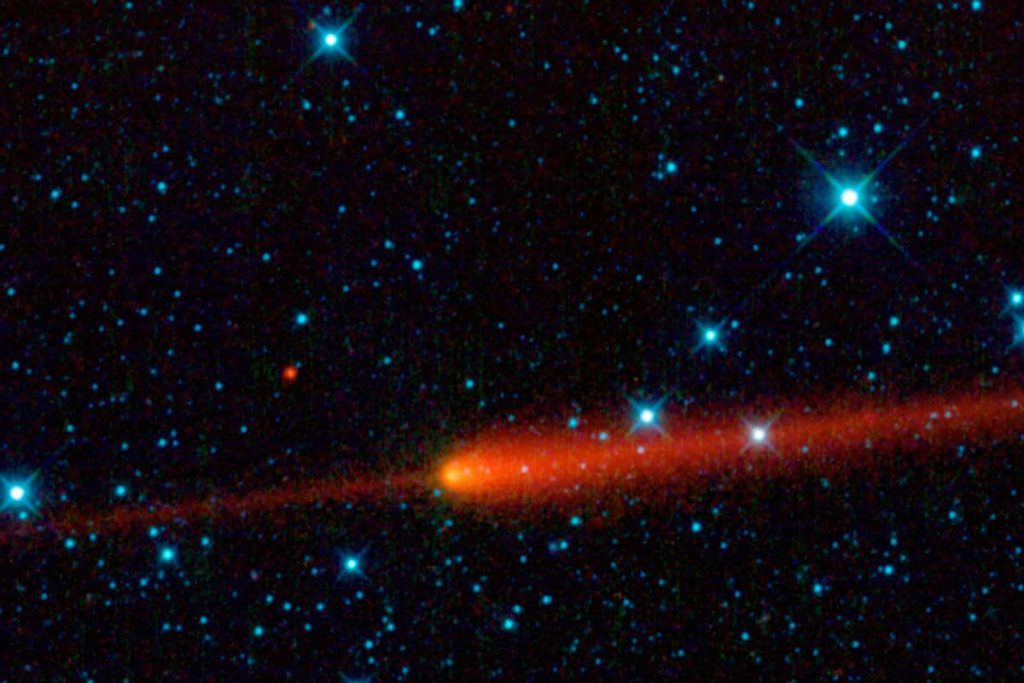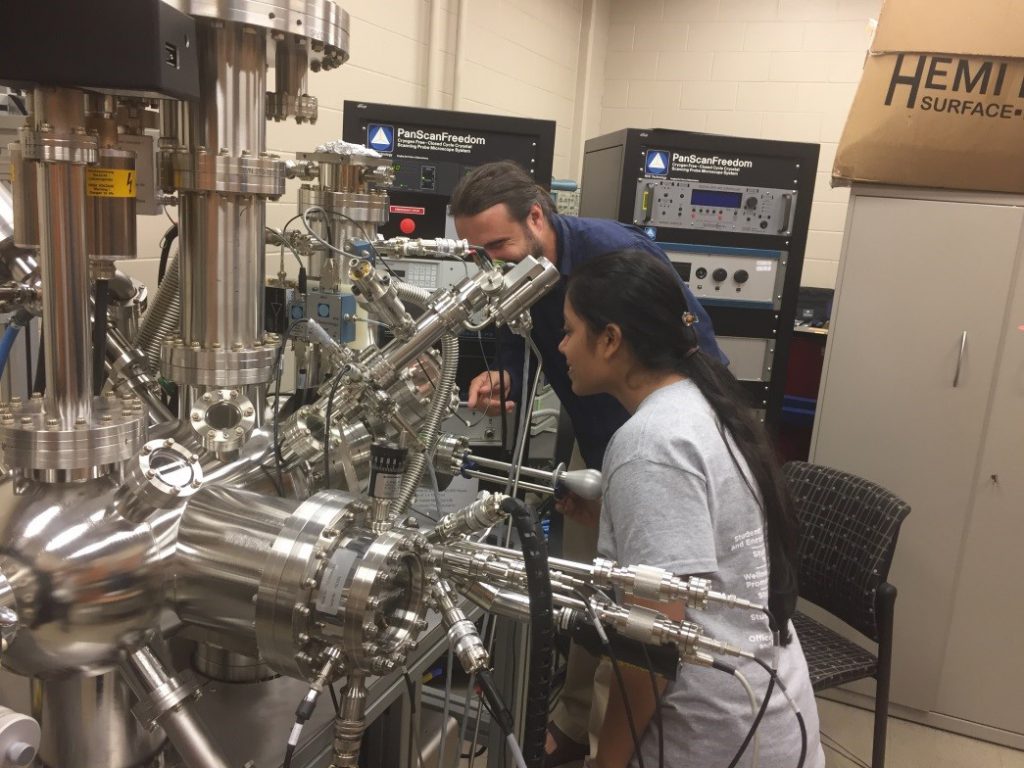
Scientists from around the world will converge at UCF’s Florida Space Institute this week to discuss Centaurs, a type of poorly understood objects found between Jupiter and Neptune.
Centaurs are made of rock and ice and can be as large as 125 miles across. These objects are believed to be similar to distant Kuiper Belt objects that were recently seen by NASA’s New Horizons space mission. Centaurs also appear to be related to the Jupiter Family of Comets, which the European Space Agency’s Rosetta mission recently studied. Most Centaurs appear cold and inactive, but some act like comets, with expansive bouts of dust and volatile gas emitted. This raises intriguing questions about the nature of Centaurs.
“There are some theories, but honestly we don’t have a good handle on them,” says Gal Sarid, a Florida Space Institute research scientist and a member of UCF’s Planetary Sciences Group. “Centaurs are one of the last missing pieces in our understanding of how our solar system formed and evolved.”
Sarid, who studies comets, asteroids and related planetary objects, organized the Centaurs Exploration Workshop with University of South Florida physics Professor Maria Womack. The workshop will bring together researchers from around the world to discuss the scientific importance and space exploration relevance of active Centaurs. The specific focus is on mapping knowledge gaps and paths forward.
About 30 researchers will be at FSI from March 6-8, while another 30 scientists, some from as far away as South America and Europe, will join the group presentations and discussion virtually. The hope is that by coming up with common objectives and a long-term observation plan, collaborations may ensue that will help accelerate research in this area.
Workshop attendees will listen to short presentations about current work followed by discussion sessions the first two days. The last day will focus on building consensus that will result in a white paper to outline the direction of Centaur research for the next 10-20 years. The workshop group hopes to publish the paper by summer. The paper is expected to align with the goals of the NASA Space Mission Directorate as well as the National Research Council’s Planetary Science Decadal Survey, Sarid says.
NASA’s Solar System Exploration Research Virtual Institute and The Florida Space Grant Consortium are sponsoring the event with support from a National Science Foundation continuing grant. UCF is home to one of the largest groups of planetary scientists in the nation with an expertise in comets, asteroids and planetary formation.
“Centaurs are one of the last missing pieces in our understanding of how our solar system formed and evolved.” — Gal Sarid, Florida Space Institute research scientist


